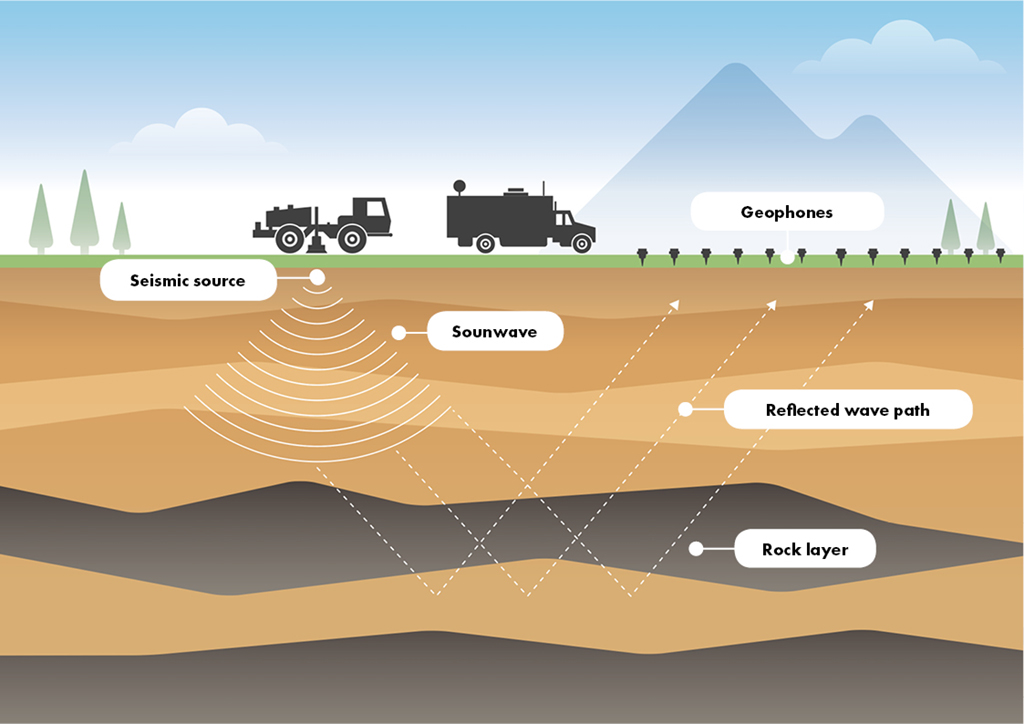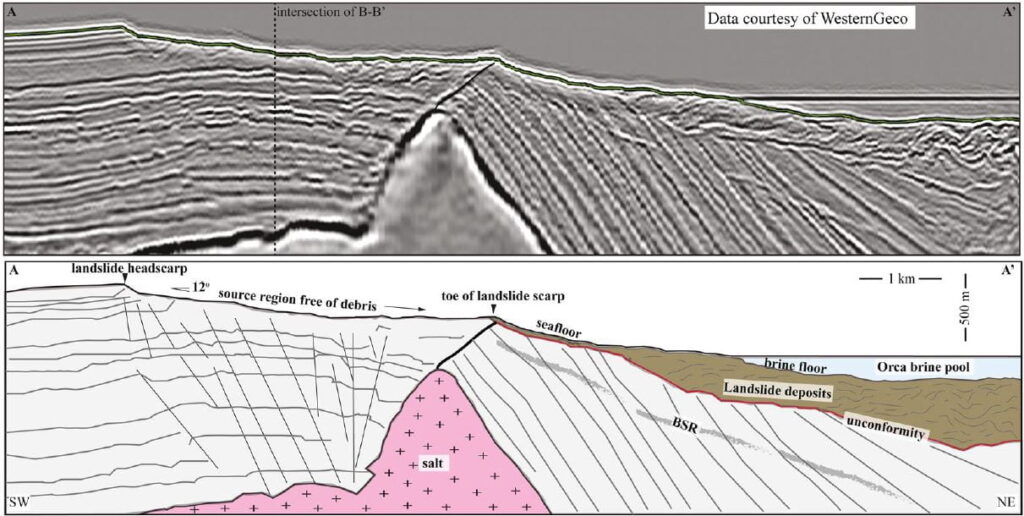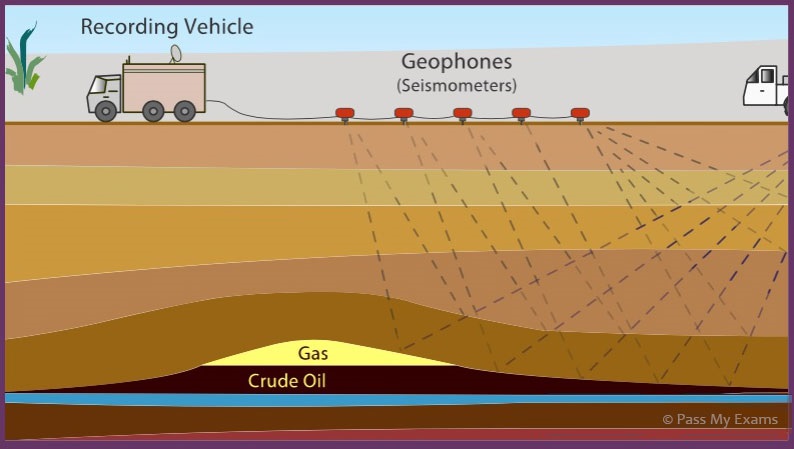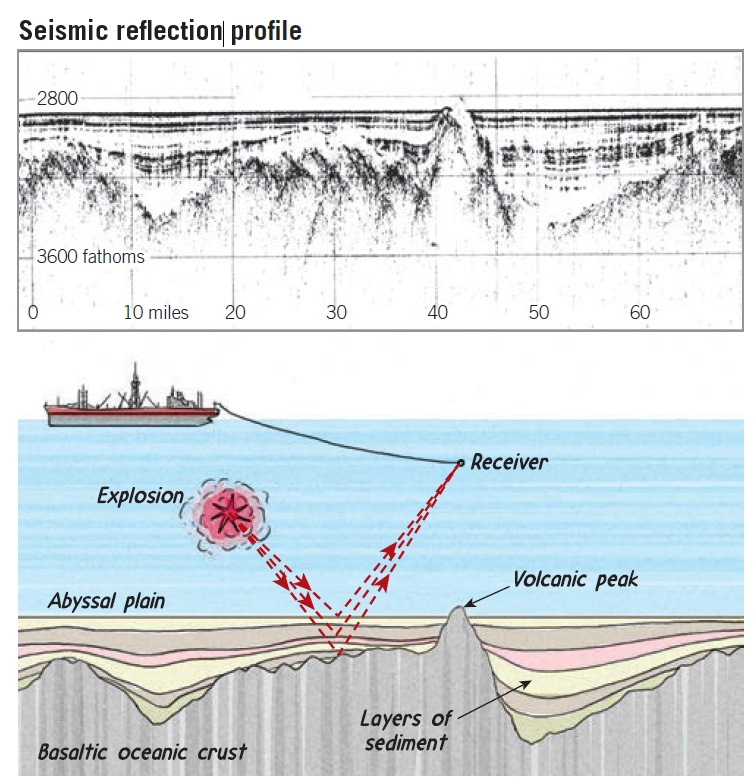Seismic Reflection
In the realm of geology and engineering geology, seismic reflection is a crucial method for understanding the Earth’s subsurface, unlocking a treasure trove of geological information. This comprehensive guide will take you on a journey through the world of seismic reflection, explaining what it is, how it’s performed, its various applications, and the science behind it.
1. Introduction
Seismic reflection is a geophysical technique that has revolutionized our understanding of the Earth’s subsurface. By using sound waves and their reflections, this method allows geologists and engineers to create detailed images of the Earth’s interior. In this article, we will delve into the world of seismic reflection, exploring its fundamental principles, applications, and significance in the field of geology and engineering geology.
2. Understanding Seismic Reflection
The Basics
Seismic reflection relies on the principle of sending sound waves (seismic waves) into the ground and recording their reflections to determine the subsurface structure. The process involves several key components:

- Source: A seismic source, often a controlled explosion or a mechanical vibrator, generates seismic waves.
- Receiver: Seismic sensors or geophones are strategically placed to record the waves’ reflections.
- Subsurface Layers: The waves travel through various layers beneath the Earth’s surface, each with different properties that affect wave propagation.
The Science Behind It
Seismic waves behave differently when encountering subsurface layers with varying densities and elastic properties. This behavior leads to reflections and refractions, which can be recorded and analyzed to create images of subsurface structures. The key concepts include:
- Reflection Coefficient: The ratio of the amplitude of the reflected wave to the incident wave, providing information about the interface’s properties.
- Travel Time: The time it takes for seismic waves to travel to a reflector and back, helping determine the depth of subsurface features.
- Velocity Analysis: Analyzing the velocity of seismic waves to estimate properties of the subsurface materials.
3. Seismic Reflection in Action
Data Acquisition
Seismic data acquisition involves precise planning and execution. This phase includes:
- Survey Design: Determining the layout of source and receiver locations to capture a representative image of the subsurface.
- Source Activation: Initiating the seismic source, which generates waves to penetrate the Earth.
- Data Recording: Geophones or sensors record the reflected waves over time.
Data Processing
Once data is collected, it undergoes complex processing to convert it into meaningful images. This stage includes:
- Filtering and Noise Reduction: Removing unwanted noise to enhance the signal.
- Migration: Correcting for variations in wave velocity to create accurate subsurface images.
- Stacking: Combining data from multiple sources and receivers to improve image quality.
Interpretation
Geologists and engineers interpret the processed data to create subsurface models. Advanced software and techniques are employed to identify geological features such as faults, rock layers, and fluid reservoirs.

4. Applications of Seismic Reflection
Oil and Gas Exploration
Seismic reflection plays a pivotal role in locating underground oil and gas reserves. By identifying subsurface structures and fluid reservoirs, it guides exploration efforts, reducing drilling risks, and optimizing resource extraction.

Engineering Geology
In the field of engineering geology, seismic reflection aids in assessing the stability of the Earth’s crust. It helps identify potential hazards such as landslides and sinkholes, allowing for informed construction and infrastructure development.
Environmental Studies
Seismic reflection contributes to environmental studies by assessing groundwater resources, detecting pollution plumes, and studying the impact of human activities on the subsurface environment.

5. Challenges and Limitations
While seismic reflection is a powerful tool, it comes with challenges such as data interpretation uncertainties, high equipment costs, and environmental concerns related to the seismic source.
6. Conclusion
Seismic reflection stands as a cornerstone in the fields of geology and engineering geology, enabling us to unveil the Earth’s hidden secrets. Its applications in oil and gas exploration, engineering geology, and environmental studies have reshaped the way we interact with the subsurface world.
In conclusion, seismic reflection continues to evolve, offering innovative solutions to geological and engineering challenges. Its importance in understanding the Earth’s dynamic subsurface cannot be overstated, making it an indispensable tool in the geologist’s arsenal.
7. Sources
This article was crafted based on information from the following sources:
- Smith, J. (2020). “Seismic Reflection: A Comprehensive Guide.” Geological Society of America.
- Johnson, S. (2019). “Seismic Reflection Applications in Engineering Geology.” International Journal of Geotechnical Engineering.
- Petrov, A. (2018). “Seismic Reflection in Environmental Studies.” Environmental Science and Technology.
Feel free to explore these sources for further in-depth information on seismic reflection.
Read more on blog: